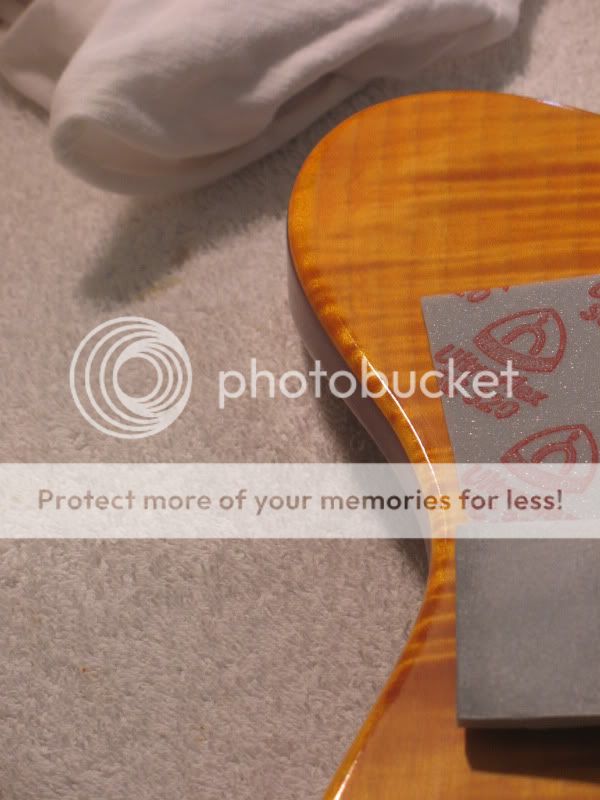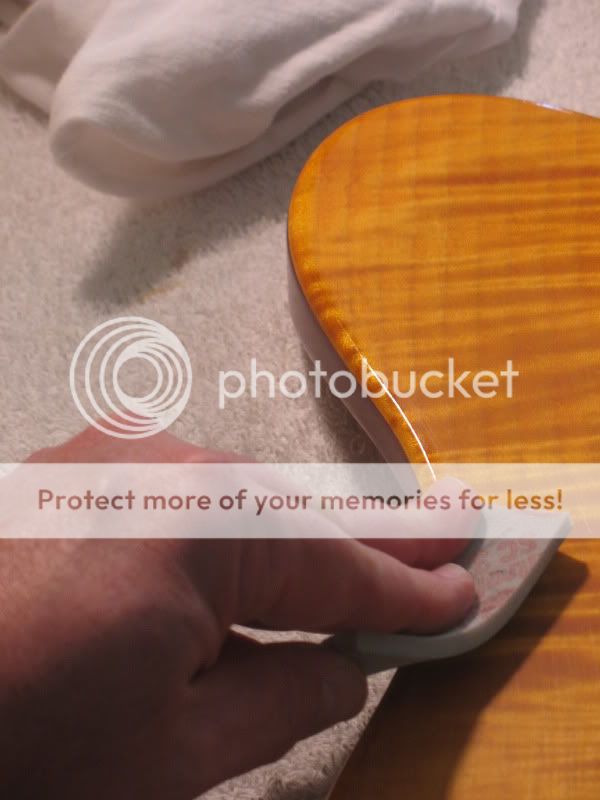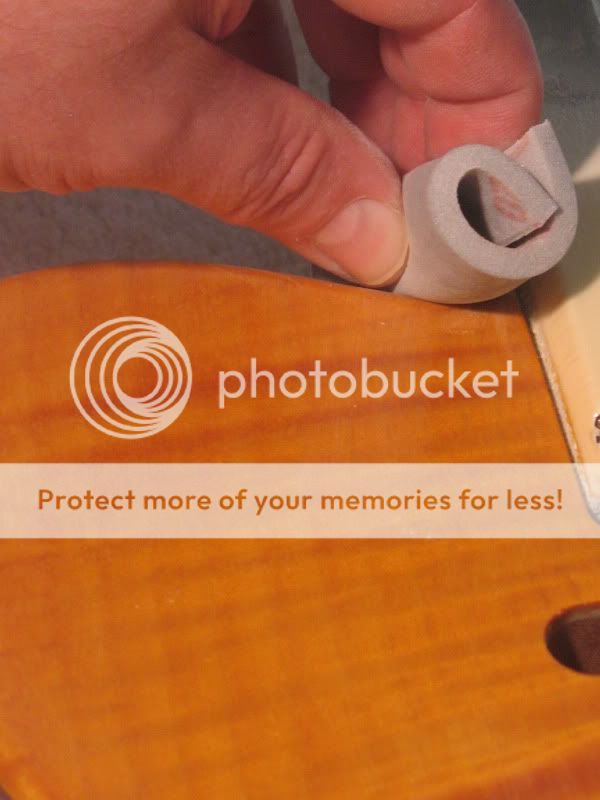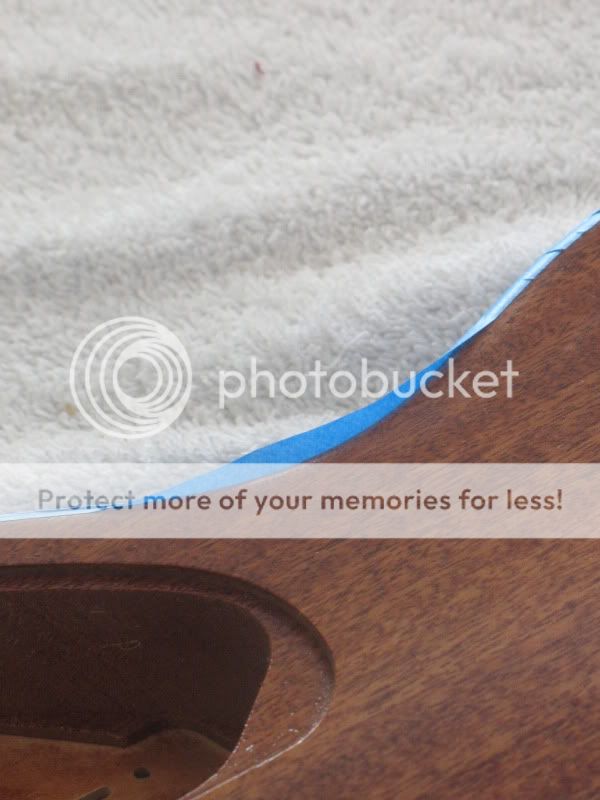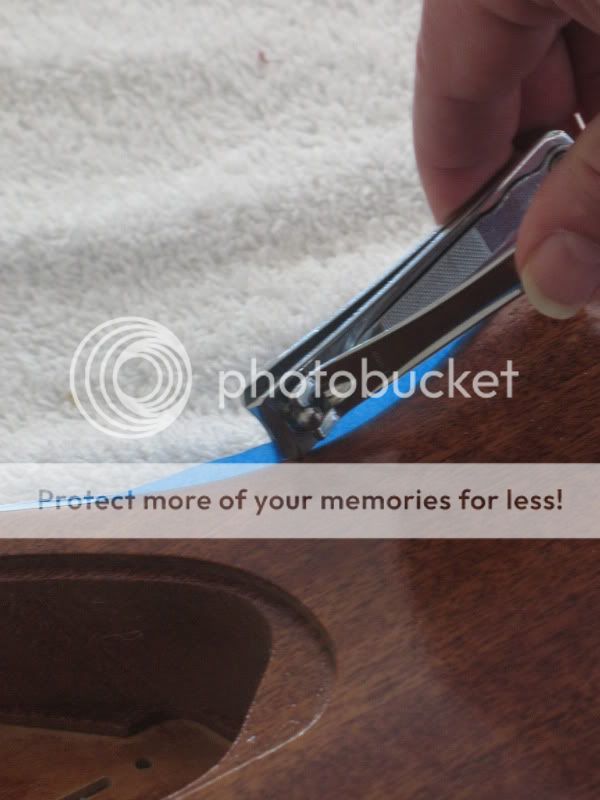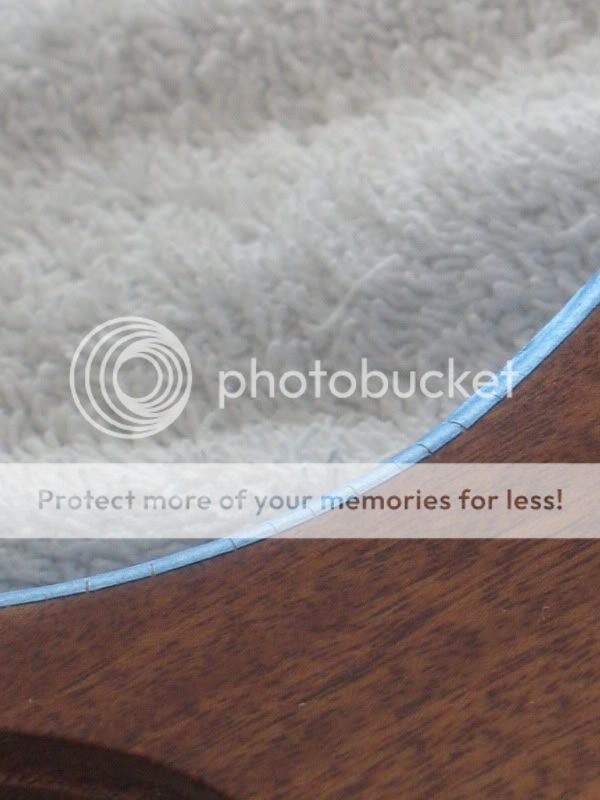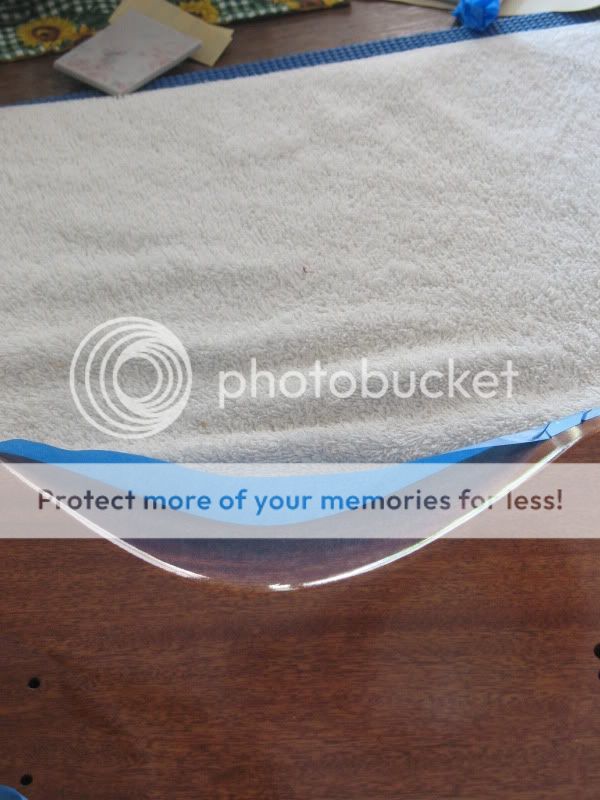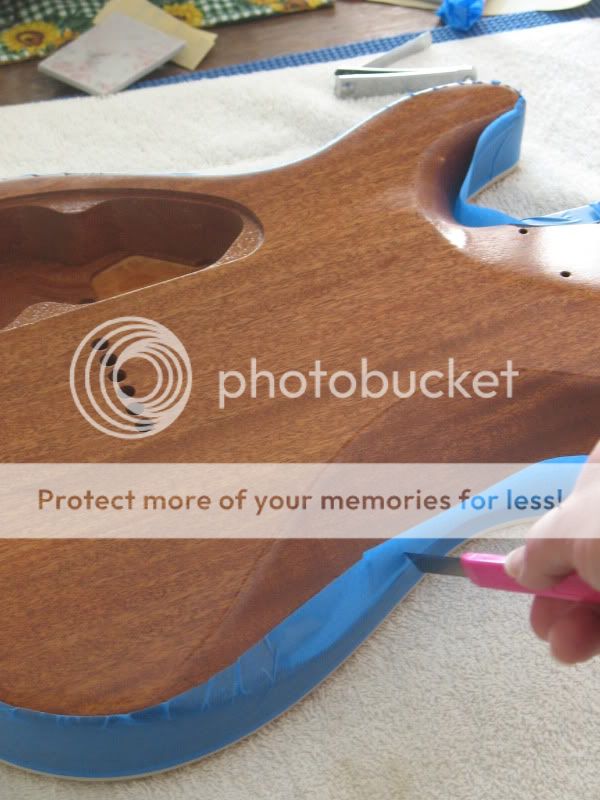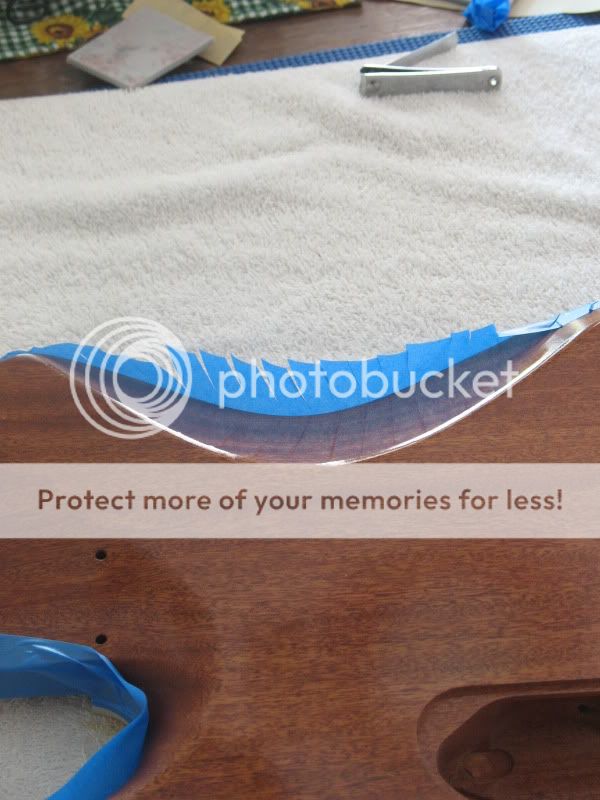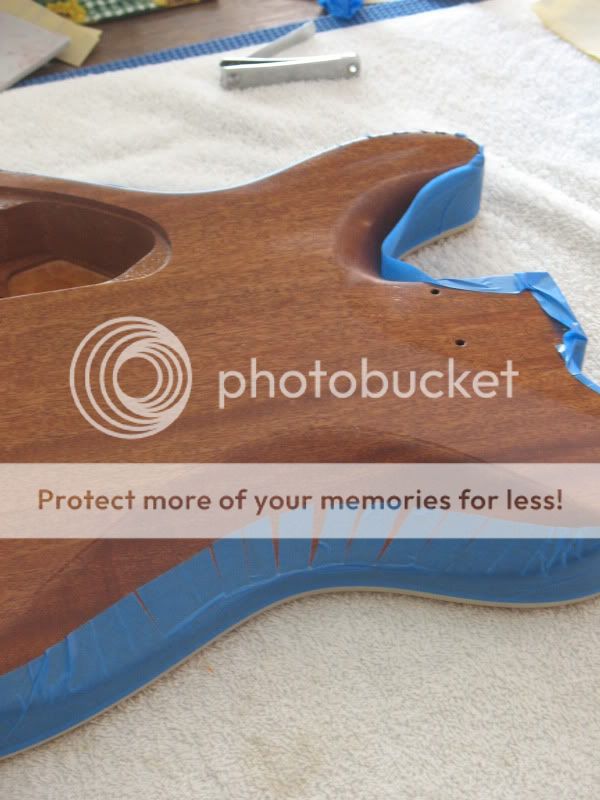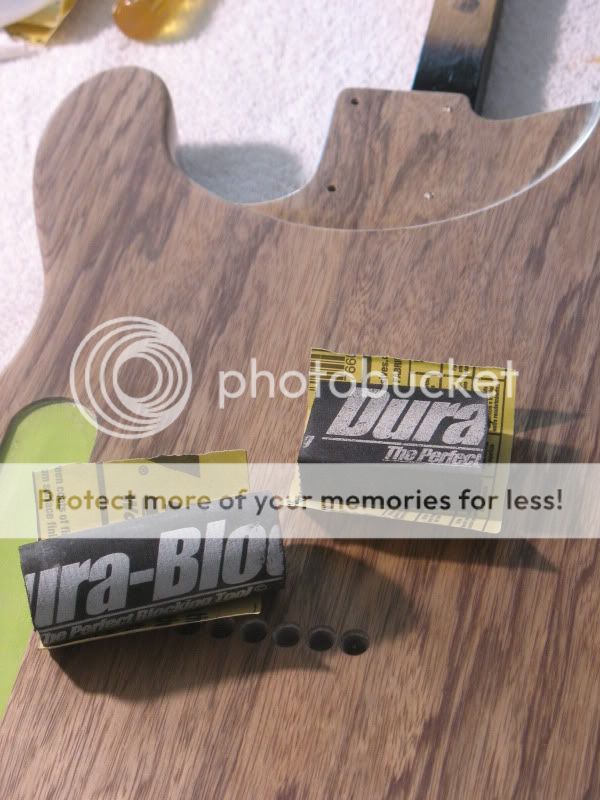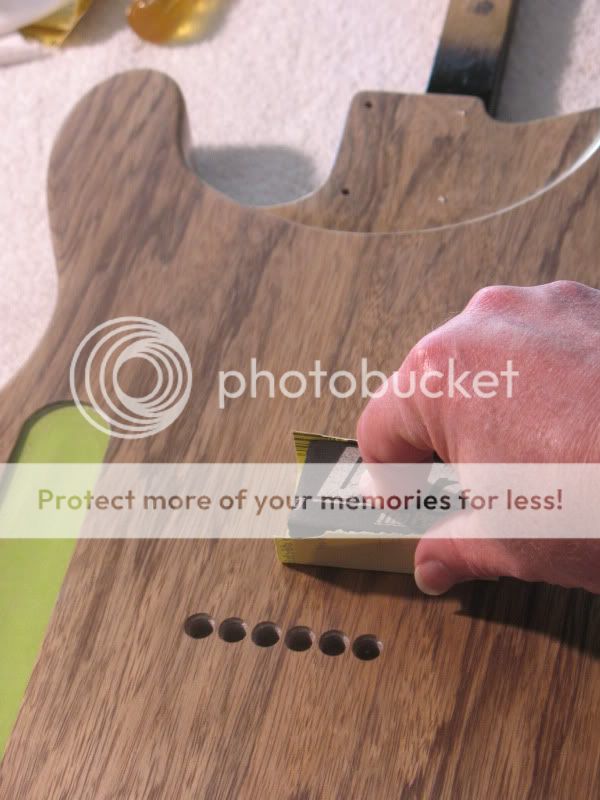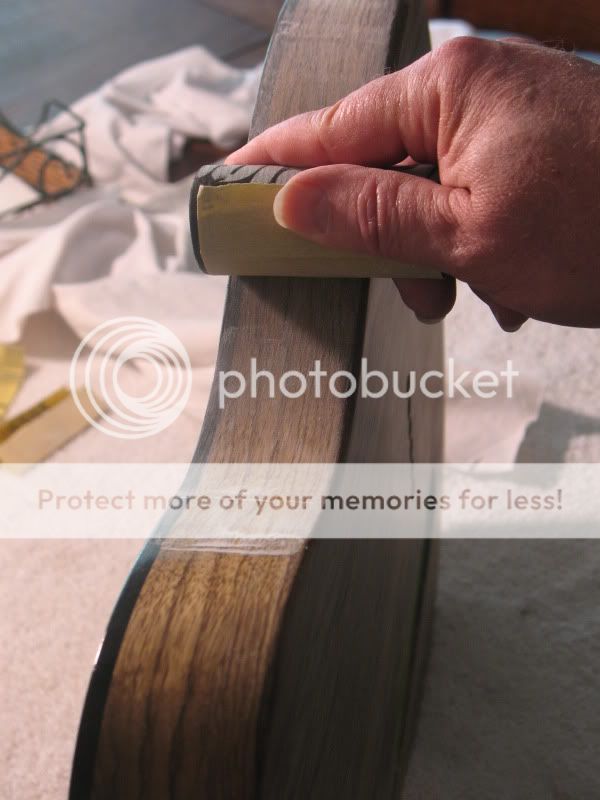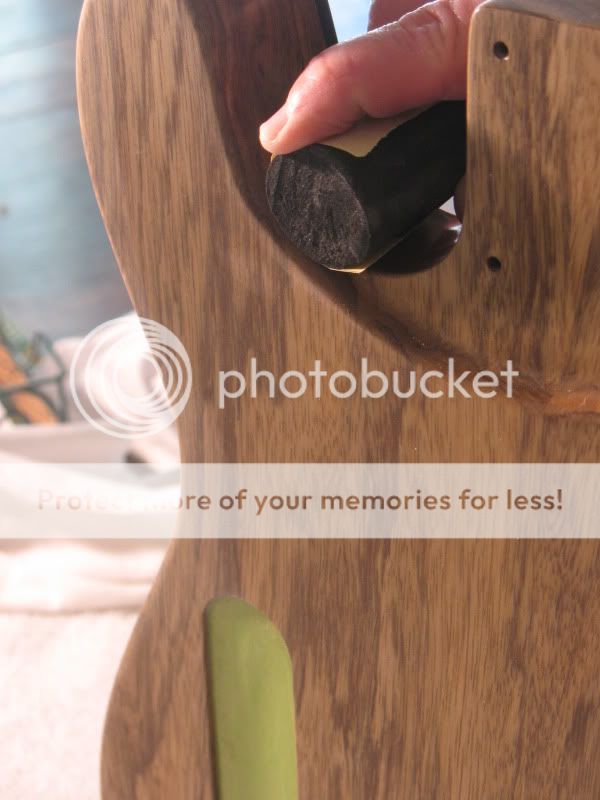Tonar8352
Hero Member
- Messages
- 2,199
I wanted to start a Tips and Tricks thread specific to finishing so I decided to put it in the DIY Finishing threads. There are so many of the same questions that have come up over the years I thought it would be easiest to have one thread we can send everyone to look for help with finishing. This definitely is not exclusive to me since most of my posts have to do with vintage type lacquer finishes and many of you use other methods to finish so please add you insight on how to make a finishing job easier and more professional. We can continue to do individual threads for guitars we are finishing but any specific insights would be great for this thread.



